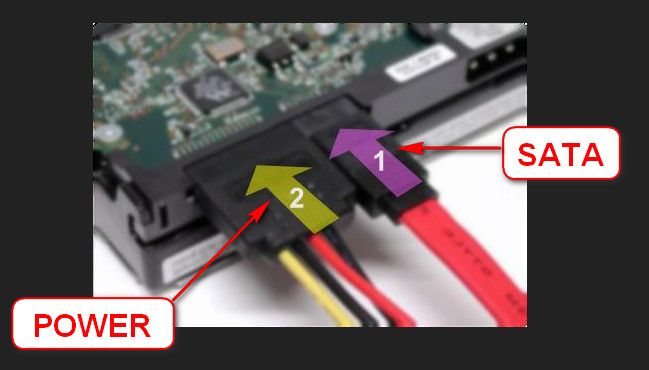New
#11
Wow... I really do appreciate the help. I'm just noticing that the file you're pointing me towards (the Intel one) isn't for my operating system. I would just like confirmation that you want me to try that file.
I've done the other two checks you suggested... I got the latest ASMedia driver installed, and confirmed that my OCZ SSD is running the latest firmware.


 Quote
Quote